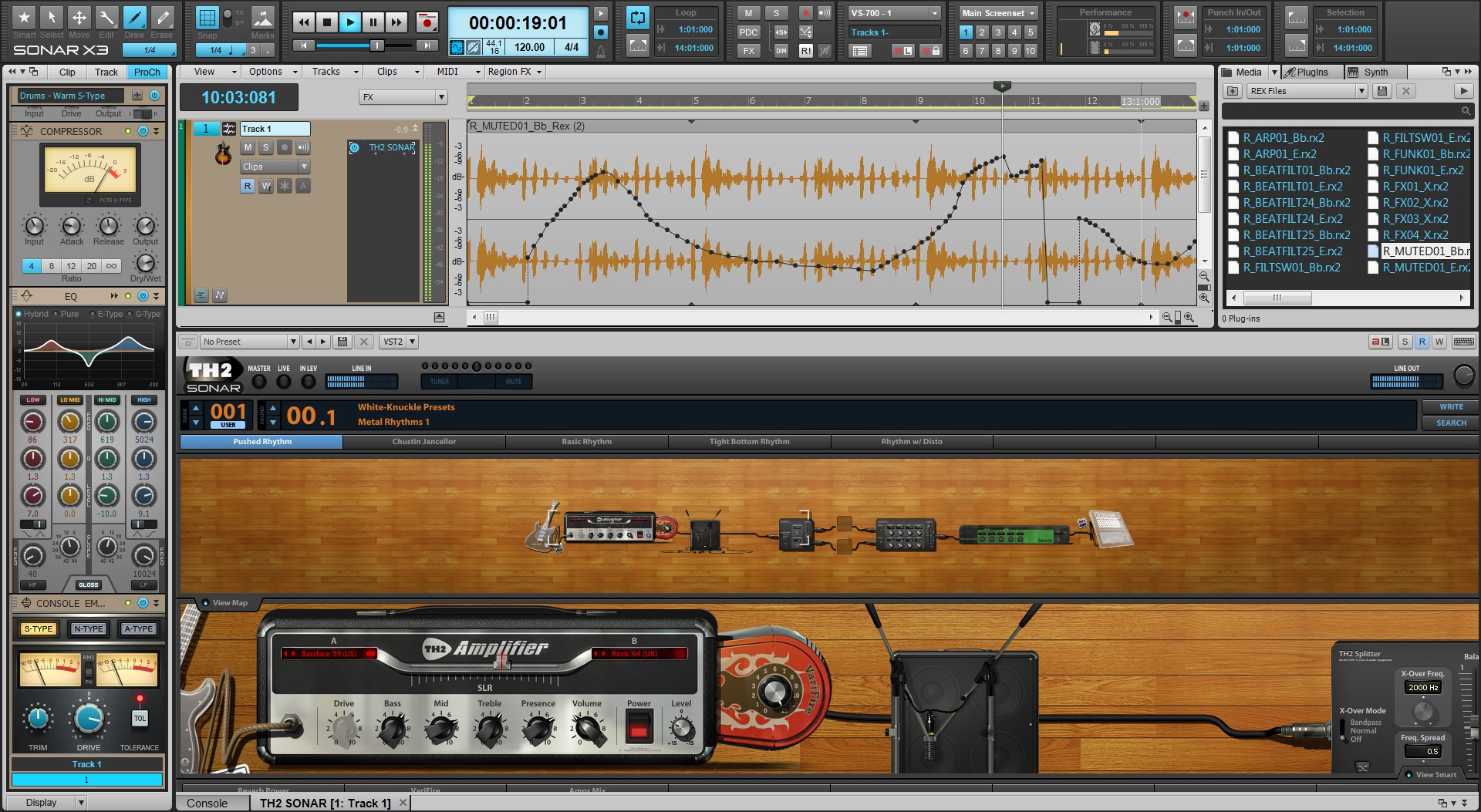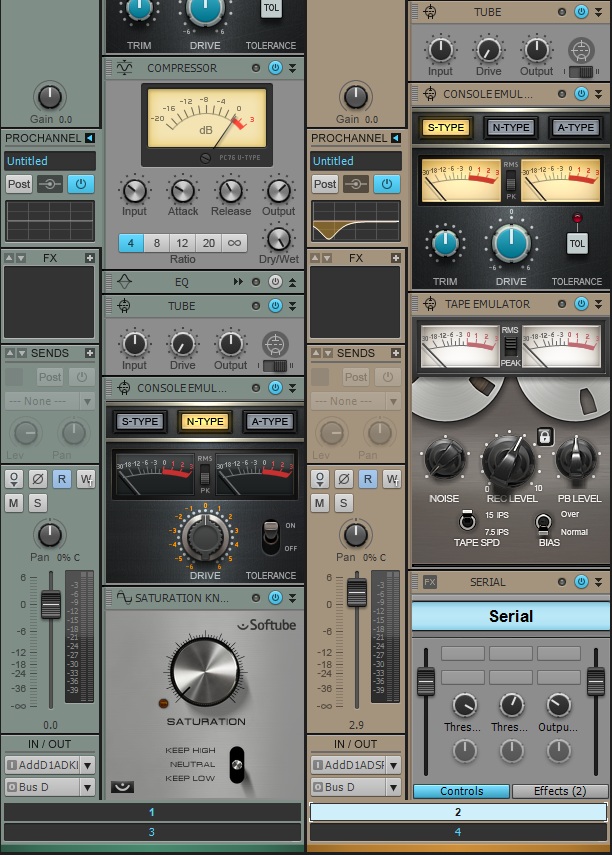Compiling or “Comping” takes is relatively new to sound recording. With the increased ability of technology has come the increased desire to comp with excruciating attention to detail, sometimes all the way down to a syllable or note, to create “The Perfect Take.”
The Acoustic and Electrical Eras (1877-1945)
When audio recording was first introduced, it was an entirely mechanical process. Comping did not exist. In fact, neither did mixing as we know it. Everything was recorded in one take, and level adjustments were made by moving musicians closer to or farther from the horn–essentially the microphone of its time.
In the primitive stages of this recording format, it was not uncommon to have copies of the same record that sounded entirely different. This was because if a band wanted to release 1,000 copies of a song, they would have to record it 1,000 different times, each take resulting in its own uniquely-performed copy.
Continue reading “The Evolution of Comping”






